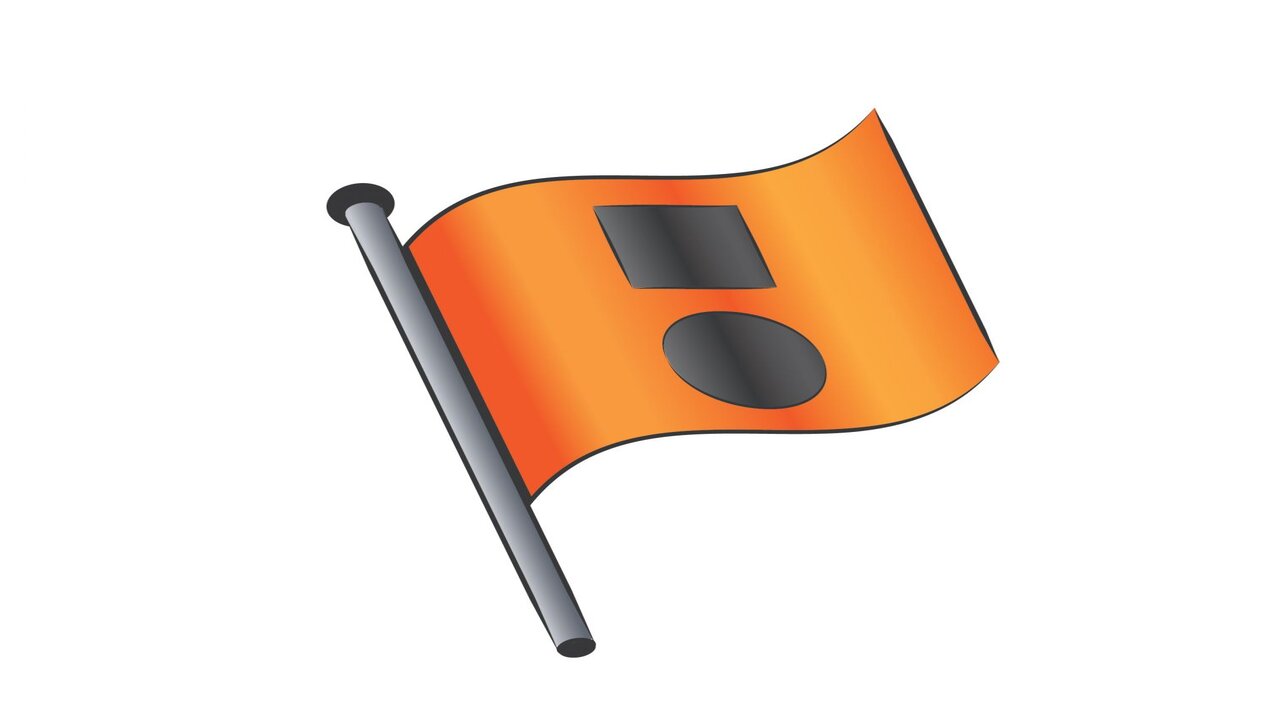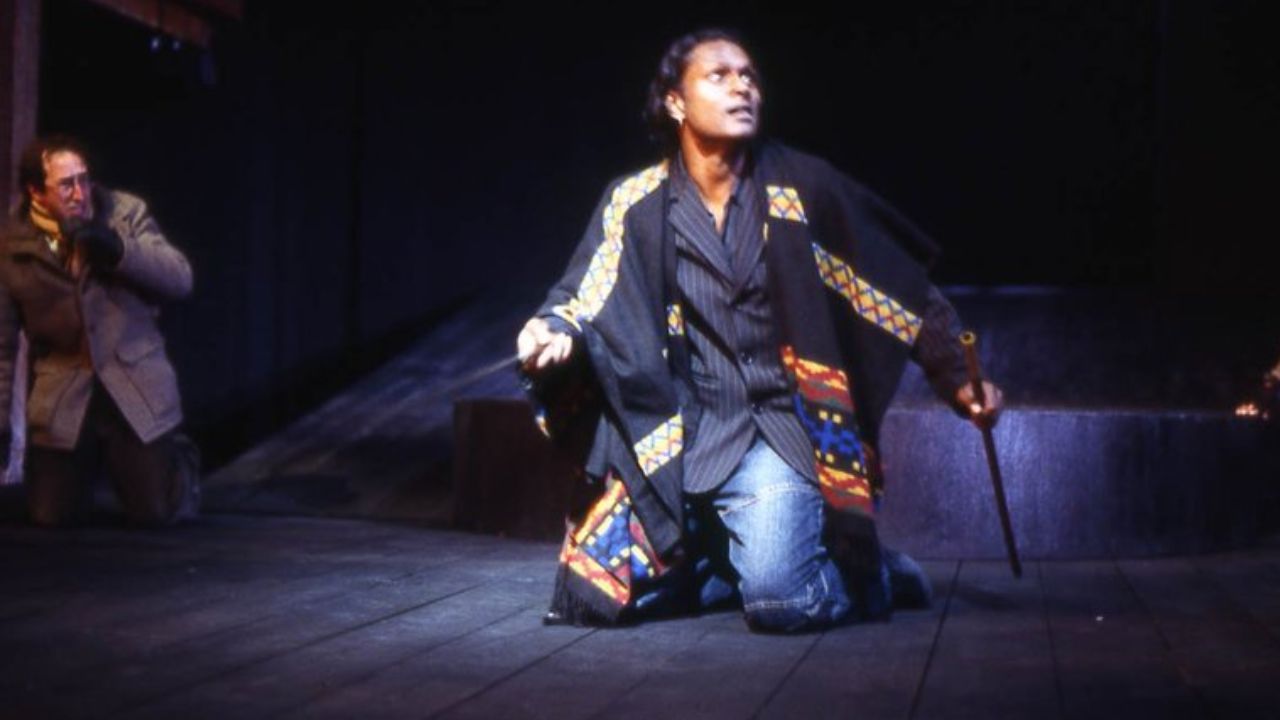For some recreational or work purposes, imagine yourself stranded at sea, during the middle of the day. Let’s say your boat has capsized, you’re all alone and you need to signal for help.
When you’re in an emergency situation on the water, it’s important to be able to signal for help quickly and effectively. One of the best ways to do this is to use a visual distress signal. While there are many different types of visual distress signals available, which Visual Distress Signal is Acceptable for Daylight Use Only?
Find out the best distress signal to use during the day if you are stranded on the Sea.
Table of contents
- What visual distress signal is?
- Which Visual Distress Signal is Acceptable for Daylight Use Only?
- Which vessels are required to carry day signals?
- Is the red meteor day or night?
- What is the day signal on a ship?
- Which visual distress signal is acceptable for night use only?
- Frequently Asked Questions
- Conclusion
- References
- Recommendations
What visual distress signal is?
A visual distress signal is a device used to attract attention and signal for help in an emergency. Visual distress signals can be used on land, at sea, or in the air. They are typically bright, colorful, or produce smoke or light to make them easy to see.
There are two main types of VDS: pyrotechnic and non-pyrotechnic. Pyrotechnic VDS uses smoke and flame to signal for help, while non-pyrotechnic VDS use other means, such as reflective materials or flashing lights.
Read Also: Which Group is a Primary Supporter of Hunter Education?
Which Visual Distress Signal is Acceptable for Daylight Use Only?
The orange distress signal flag is the only visual distress signal that is acceptable for daylight use only. It is a 3×3 foot orange flag with a black square and ball in the center. The flag should be flown from a vertical pole, a boat’s mast or rigging wire, or anything that will render it visible from a distance.
Orange distress signal flags are especially effective in bright sunlight. They are also relatively inexpensive and easy to store.
Other visual distress signals, such as flares, smoke signals, and parachute flares, can be used both day and night. However, they are not as effective in bright sunlight as the orange distress signal flag.
It is important to note that all vessels operating on federally controlled waters must be equipped with USCG-approved visual distress signals, including day signals.
Read Also: What Education is Needed to Become a Registered Nurse?
Which vessels are required to carry day signals?
All vessels operating on federally controlled waters must be equipped with USCG-approved visual distress signals (VDSs), including day signals. Federally controlled waters include all waters of the United States, including the Great Lakes, territorial seas, and navigable waters.
The following vessels are not required to carry day signals on federally controlled waters:
- Recreational vessels that are less than 16 feet in length.
- Non-motorized open sailboats that are less than 26 feet in length.
- Manually propelled vessels.
Read Also: What Is Rushing In College?
Is the red meteor day or night?
Red meteors can be seen both day and night, but they are more visible at night when the sky is dark. The red color of a meteor is caused by the composition of the meteoroid, which is the solid object that enters Earth’s atmosphere and creates the meteor. Iron and magnesium are two elements that can produce red meteors.
Red meteors are less common than other colors of meteors, but they can be just as bright and beautiful. In fact, some of the brightest meteors ever recorded have been red.
If you are lucky enough to see a red meteor, take a moment to appreciate its beauty. It is a scarce and amazing sight.
To use a red meteor, simply point it in the air and fire it. The meteor will rise into the air and produce a bright red flare and smoke. The flare will last for about 10 seconds.
What is the day signal on a ship?
The day signal on a ship is a visual signal that is used to indicate the status of a vessel to other vessels on navigable waters during daylight hours. Day signals are required by the International Regulations for Preventing Collisions at Sea (COLREGs).
Day signals are typically displayed from the masthead of a vessel and consist of geometric shapes, such as balls, cylinders, cones, and diamonds. The meanings of the shapes are defined by the COLREGs.
Some examples of day signals include a single black ball indicating that a vessel is not under command and two black balls in a vertical line indicating that a vessel is restricted in its ability to maneuver.
Read Also: Does Gas Stations Sell Dry Ice? 10 Places
Which visual distress signal is acceptable for night use only?
The electric distress light is the only visual distress signal that is acceptable for night use only. It must automatically flash the international SOS distress signal, which is three short flashes, three long flashes, and three short flashes. Flashed four to six times each minute, this is an unmistakable distress signal, well known to most boaters.
All other visual distress signals, such as flares, smoke signals, and parachute flares, can be used both during the day and night.
It is important to note that electric distress lights must be USCG-approved. They should also be inspected and serviced regularly to ensure that they are in good working order.
If you are going to be boating at night, it is a good idea to carry an electric distress light in addition to other visual distress signals. This will give you a backup option in case of a problem with your other signals.
Frequently Asked Questions
Other types of visual distress signals include flares, smoke signals, parachute flares, and electric distress lights.
You should only use a visual distress signal in an emergency. If you are stranded at sea, lost in the woods, or in any other situation where you need to signal for help, a visual distress signal can be a lifesaver.
Other types of visual distress signals that can be used in daylight include flares, smoke signals, and parachute flares. However, these signals are not as effective in bright sunlight as the orange distress signal flag.
The electric distress light is the only visual distress signal that is approved for night use only.
Conclusion
If you ever get stranded on the sea, having an orange distress signal flag on board your boat can be a lifesaver in an emergency.
This flag is easy to use and can be seen from a distance, making it an ideal way to signal for help in daylight hours. The orange distress signal flag is an essential safety item for anyone who spends time on the water or in the wilderness
References
- BoatUS.org – Visual Distress Signals
- Quora.com – Which visual distress signal is acceptable for daylight use only?






